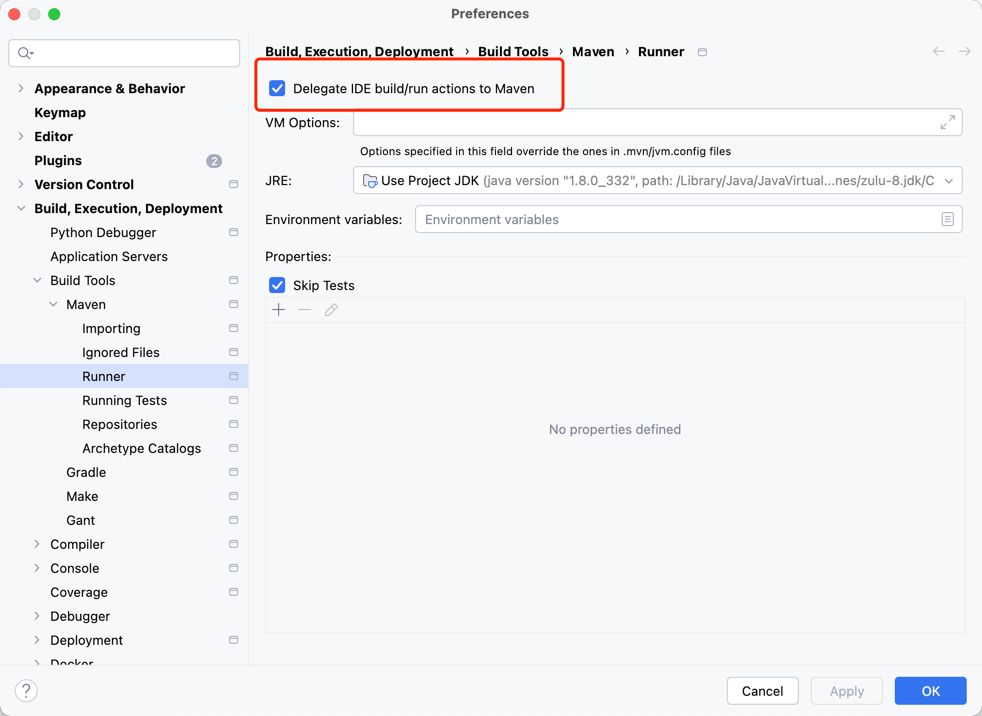快速入门
你是否想要快速构建一个高性能的 Web 应用?让我们一起用 Feat Cloud 来创建你的第一个 Web 服务吧!
什么是 Feat Cloud?
Section titled “什么是 Feat Cloud?”Feat Cloud 是一款专为企业级应用开发打造的现代化框架,它借鉴了 Spring Boot 的设计理念,但在性能和资源利用方面进行了深度优化。相比传统框架,它最大的亮点是在编译期就完成了大量的静态分析和优化工作,让你的应用在运行时拥有更高的性能和更低的资源消耗。
简单来说,如果你喜欢 Spring Boot 的开发体验,却又对性能有着更高要求,那么 Feat Cloud 就是为你准备的!
关于注解的设计理念
Section titled “关于注解的设计理念”传统框架如 Spring Boot 通过大量使用注解来提升开发效率,但这也会带来一些问题:
- 学习和理解成本高
- 注解隐藏了代码执行细节,不利于调试和问题排查
- 增加了运行时解析负担,影响性能
Feat Cloud 采用了一种更为克制和深思熟虑的设计理念。我们相信优秀的框架应在简洁性和功能性之间取得平衡,既要提供现代框架的便利性,又要保证代码的可读性和可理解性。
这种设计理念具体体现在以下几个核心原则上:
-
精简注解数量:我们只提供最核心、最必要的注解,避免功能冗余。每个注解都经过精心设计,有明确的目的和价值。
-
透明运行机制:注解背后的行为尽可能简单明了,避免隐藏复杂的运行时逻辑,让开发者能清楚了解每个注解的具体作用。
-
编译期优化:尽可能在编译期完成处理工作,减轻运行时负担。这不仅提升了应用性能,也降低了运行时出错的可能性。
-
代码即文档:通过良好的代码结构搭配少量精选注解,使代码本身就能清晰表达其功能和行为,开发者可以快速理解和维护代码。
我们在引入任何新注解时都非常谨慎,确保每个新增注解都能真正为开发者创造价值。这种设计理念帮助我们构建了一个既强大又简洁的框架,让开发者能够专注于业务逻辑实现,而非框架本身的复杂性。
准备工作:搭建开发环境
Section titled “准备工作:搭建开发环境”在开始编码之前,我们需要做一些准备工作。别担心,这些步骤都很简单!
第一步:创建 Maven 项目
Section titled “第一步:创建 Maven 项目”首先,让我们创建一个新的 Maven 项目。你可以使用你喜欢的 IDE(比如 IntelliJ IDEA)来创建,也可以手动创建目录结构。
创建好项目之后,我们需要在 pom.xml 文件中添加 Feat Cloud 的依赖:
<dependency> <groupId>tech.smartboot.feat</groupId> <artifactId>feat-cloud-starter</artifactId> <version>${feat.version}</version></dependency>第二步:配置 IntelliJ IDEA
Section titled “第二步:配置 IntelliJ IDEA”在较旧版本的 IntelliJ IDEA 中,为了让 Feat Cloud 的静态优化功能生效,可能需要调整 IDEA 的配置。
请按以下步骤操作:
- 打开 IDEA,进入
Preferences - 导航到
Build, Execution, Deployment -> Build Tools -> Maven -> Runner - 勾选
Delegate IDE build/run actions to Maven - 点击
OK保存配置

编写你的第一个应用
Section titled “编写你的第一个应用”万事俱备,让我们动手创建一个简单的 Web 应用吧!
在 src/main/java 目录下创建一个名为 Bootstrap.java 的文件,添加如下代码:
@Controllerpublic class Bootstrap {
@RequestMapping("/hello") public String helloWorld() { return "Hello, Feat Cloud!"; }
public static void main(String[] args) { FeatCloud.cloudServer().listen(); }}这段代码做了几件重要的事情:
@Controller注解标记了这是一个控制器类@RequestMapping("/hello")注解将/hello路径的请求映射到 helloWorld() 方法- main() 方法中通过
FeatCloud.cloudServer().listen()启动了 Web 服务
是不是很简单?Spring Boot 用户应该会觉得非常熟悉吧!
现在,点击 IDEA 中的运行按钮,或者使用快捷键运行 Bootstrap 类。
当看到控制台输出类似下面的信息时,说明你的应用已经成功启动了:
Feat Router: |-> /hello ==> Bootstrap@helloWorld ________ ________ _ _________|_ __ | |_ __ | / \ | _ _ | | |_ \_| | |_ \_| / _ \ |_/ | | \_| | _| | _| _ / ___ \ | | _| |_ _| |__/ | _/ / \ \_ _| |_|_____| |________| |____| |____| |_____| :: Feat :: (v1.4.0)Technical Support: - Document: https://smartboot.tech] - Github: https://github.com/smartboot/feat🎉Congratulations, the feat startup is successful. cost: 71mshttp://0.0.0.0:8080/这表示我们的服务已经在 8080 端口上运行了,其中 /hello 路径已经映射到了对应的处理方法。
打开你的浏览器,访问 http://localhost:8080/hello,你会看到页面上显示着:
Hello, Feat Cloud!
恭喜你!你已经成功创建并运行了第一个 Feat Cloud 应用!
Feat Cloud 是一个 商业友好 的开源项目,但企业用户需要获得授权才能在生产环境中使用。
🔐 Feat License 生成器
为 Feat 框架生成商业授权许可证
91110000123456789X 统一社会信用代码 github.com/smartboot/feat 仓库地址 20241201000001 自定义编号 不用担心,个人学习和测试使用是完全免费的!